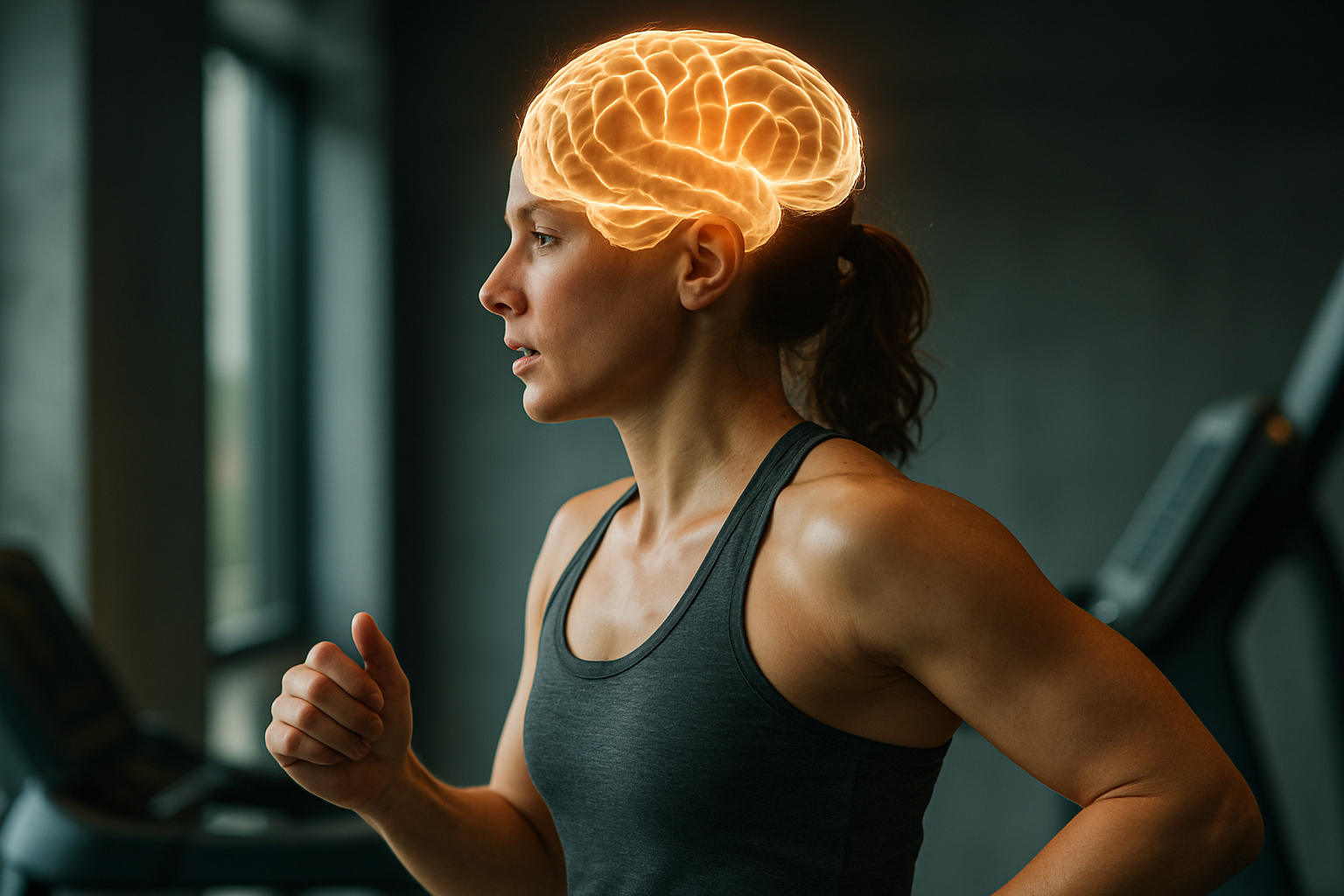Neuroplasticity-Driven Fitness: Revolutionizing Exercise Through Brain Science
Can you imagine a workout that not only sculpts your body but also rewires your brain? Welcome to the cutting-edge world of neuroplasticity-driven fitness, where the latest neuroscience discoveries are transforming how we approach physical activity. This innovative approach is reshaping our understanding of exercise, promising to enhance both cognitive function and physical performance in ways we never thought possible.

Cognitive-Physical Integration: The Core of the Method
At the heart of neuroplasticity-driven fitness lies the concept of cognitive-physical integration. Traditional exercise methods often separate mental and physical aspects of training. In contrast, this innovative approach seamlessly blends cognitive challenges with physical movements. For example, a workout might involve solving mathematical problems while performing balance exercises, or memorizing sequences of movements that become increasingly complex. This integration not only enhances cognitive function but also improves the mind-body connection, leading to more precise and effective movements.
Neuroplasticity-Enhancing Exercises
Specific exercises designed to stimulate neuroplasticity are central to this fitness method. These may include:
-
Proprioceptive training: Exercises that challenge your sense of body position and movement in space, often performed with eyes closed or on unstable surfaces.
-
Dual-tasking workouts: Combining physical exercises with cognitive tasks, such as reciting backwards while performing lunges.
-
Mirror neuron activation: Exercises involving careful observation and replication of complex movements, tapping into the brain’s mirror neuron system.
-
Rhythm-based activities: Incorporating music and rhythm into workouts to stimulate auditory-motor connections in the brain.
The Role of Neurofeedback in Fitness
Neurofeedback, traditionally used in clinical settings, is finding its way into fitness routines. By providing real-time data on brain activity during exercise, individuals can learn to optimize their mental state for peak physical performance. This might involve using EEG headbands during workouts to monitor brainwave patterns associated with focus, relaxation, or motivation. As users become more adept at controlling these mental states, they can potentially enhance their physical output and recovery.
Neuroplasticity and Injury Recovery
One of the most promising aspects of neuroplasticity-driven fitness is its potential in injury recovery and rehabilitation. By focusing on creating new neural pathways, this approach can help individuals regain lost function more effectively than traditional physical therapy alone. For instance, stroke patients have shown remarkable improvements in motor function when combining physical exercises with cognitive tasks that stimulate affected brain areas.
Customization and Personalization in Brain-Based Fitness
The beauty of neuroplasticity-driven fitness lies in its highly personalized nature. As our understanding of the brain-body connection deepens, fitness professionals can tailor programs to individual neurological profiles. This might involve assessing a person’s cognitive strengths and weaknesses, then designing a fitness regimen that specifically targets areas for improvement while leveraging existing strengths.
Neuroplasticity Fitness Facts and Tips
-
Neurogenesis, the creation of new brain cells, can be stimulated through intense cardiovascular exercise.
-
Learning new physical skills in your non-dominant side can create stronger neural connections in both hemispheres of the brain.
-
Visualization exercises before physical training can enhance motor learning and performance.
-
Alternating between different types of cognitive-physical tasks can boost neuroplasticity more than repetitive routines.
-
Sleep plays a crucial role in consolidating the neural changes induced by neuroplasticity-driven fitness.
Embracing the Future of Fitness
Neuroplasticity-driven fitness represents a paradigm shift in how we approach physical well-being. By harnessing the power of brain plasticity, we’re not just building stronger bodies, but also more resilient and adaptable minds. As research in this field continues to evolve, we can expect to see even more innovative ways to integrate neuroscience into our fitness routines. The future of exercise is not just about moving our bodies, but about actively shaping our brains for optimal performance in all aspects of life.





